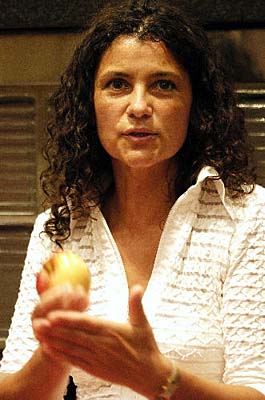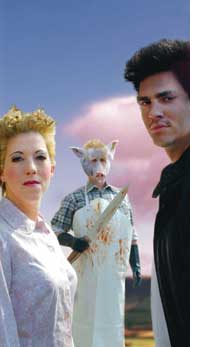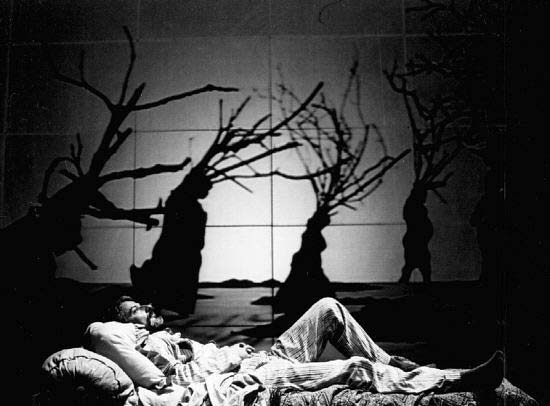... "The phrase Unesco World Heritage site has been crossing from the lips of travel agents and popping up more and more on travel Web sites. That's no coincidence: the list has grown steadily from the first 12 in 1978 to 812 today, and includes everything from the Statue of Liberty, the Taj Mahal and Angkor Wat to the Wooden Churches of Southern Little Poland and the Orkhon Valley Cultural Landscape in Mongolia.
But as the list expands each year, many, including Unesco staff members, are left wondering: is this rapid growth watering down the list's meaning? And by drawing both tourism and development that's often left unchecked, can the honor do as much harm as good to those places so anointed?
Although Mexico devotes more resources to the World Heritage efforts than many countries, the Yucatán provides lessons in what can happen after a site makes the list. Mexico's most emblematic site is probably the ancient Maya city of Chichén Itzá, which by the time it was inscribed was already overrun with tourists on day trips from Cancún, three hours to the east. The numbers grew after nomination, with peak months bringing more than 5,000 visitors a day, according to Yucatán government statistics.
Standing before Chichén Itzá's iconic Kukulcan pyramid is still stunning, to be sure, but watching the line of tour buses spewing forth American tourists outside is just as remarkable. Visitors emerge with stickers on their shirts identifying their bus numbers. Cheery guides with set scripts shepherd them through the gate, where they are given official admission wristbands.
Beyond the gates, souvenir hawkers are well trained. One regular, Ermenegildo Kahum Kem, knows how to say, ''Nothing for your mother-in-law?'' in five languages.
Unesco's manifesto sounded simple enough: It set up a World Heritage Convention in 1972 to protect cultural and natural sites of ''outstanding universal value.'' The convention established a World Heritage Committee, a rotating group of 15 (now 21) nations, and a World Heritage Fund to provide oversight, technical assistance and loans. The World Heritage Center in Paris oversees the program, and the committee annually decides on new designations.
It has become clear, though, that for many sites, getting on the list might be more an end goal than the beginning of conservation efforts. Once the four- to five-year nomination process is over, Unesco generally doesn't provide funds or technical assistance from its 35-person staff (plus consultants), nor regular monitoring to ensure that the ambitious plans come to fruition.
''Countries found out that while they didn't get money from Unesco, they did get recognition, and recognition results in tourism,'' said Bonnie Burnham, the president of the New York-based World Monuments Fund, a nonprofit group that assists in preserving and protecting historic sites. ''It's not a secret that this is one of the primary benefits of World Heritage listing.''" ...
Seth Kugel
"JOURNEYS: WORLD HERITAGE SITES; Preservation: Sure, It's a Good Thing, but" New York Times January 15, 2006
*
Sites previously listed on the World Monuments Watch of the World Monuments FundBelarus, Mahilyow, Pervomaisk, Pervomaisk Church (2002)
Russia, Perm Oblast, Perm-36 (2004)
Russia, Republic of Karelia, Paanajärvi Village (1996 1998 2000)
Russia, Republic of Karelia, Belomorsky and Pudozhsky Districts, Karelian Petroglyphs (2002)
Russia, Irkutsk Oblast, Irkutsk, Irkutsk Historic Center (1998 2000)
Russia, Moscow Oblast, Istra, New Jerusalem (2002)
Russia, Republic of Karelia, Kondopoga, Assumption Church (2002)
Russia, Republic of Karelia, Lake Onega, Kizhi Island, Kizhi Pogost (1996)
Russia, Leningrad Oblast, Lomonosov, Chinese Palace at Oranienbaum State Museum (2000 2002 2004)
Russia, Moscow, Russakov Club (1998 2000)
Russia, Moscow, Arkhangelskoye State Museum (2000 2002)
Russia, Moscow, Narkomfin Building (2002 2004 2006)
Russia, Yaroslavl Oblast, Rostov Veliky, Church of our Savior on the Market (Spas-on-Torg) (2002)
Russia, Yaroslavl Oblast, Rostov Veliky, Rostov Veliky Historic Center (2000 2002)
Russia, Leningrad Oblast, St. Petersburg, Yelagin Island Palace/Park Ensemble (1998)
Russia, Leningrad Oblast, St. Petersburg, Tsarskoje Selo, Catherine Palace (1998)
Russia, Siauliu, St. Petersburg, Tsarskoje Selo, Alexander Palace (1996 1998)
Russia, Leningrad Oblast, Vyborg, Viipuri Library (Vyborg Library) (2000 2002)
Ukraine, Odessa Province, Belgorod-Dnestrovsky,
Tyras-Belgorod Fortress (2004)
Ukraine, Khmelnytsky Province,
Kamyanets-Podilsky, Kamyanets Podilsky Castle Bridge (2000)
Ukraine, Crimea, Kerch,
Panticapaeum Ancient City (2004)
Ukraine, Kiev Municipality,
Kiev, Church of our Savior of Berestove (2002)
Ukraine, Crimea, Sevastopol,
Chersonesos Ancient City (1996 1998 2002)
Ukraine, L’viv Province, Zhovkva,
Zhovkva Synagogue (2000)

'The Uch Monument Complex, located in the Bahawalpur District, Pakistan, is the home of tile-bedecked mausoleums built in the 15th and 16th centuries. The tombs suffered severe damage in a 19th century flood, and attempts to repair them (with cement) further compromised their preservation.'
Photo and caption credit: Courtesy
World Monuments Fund via
AIArchitect November 2001. With thanks.





































